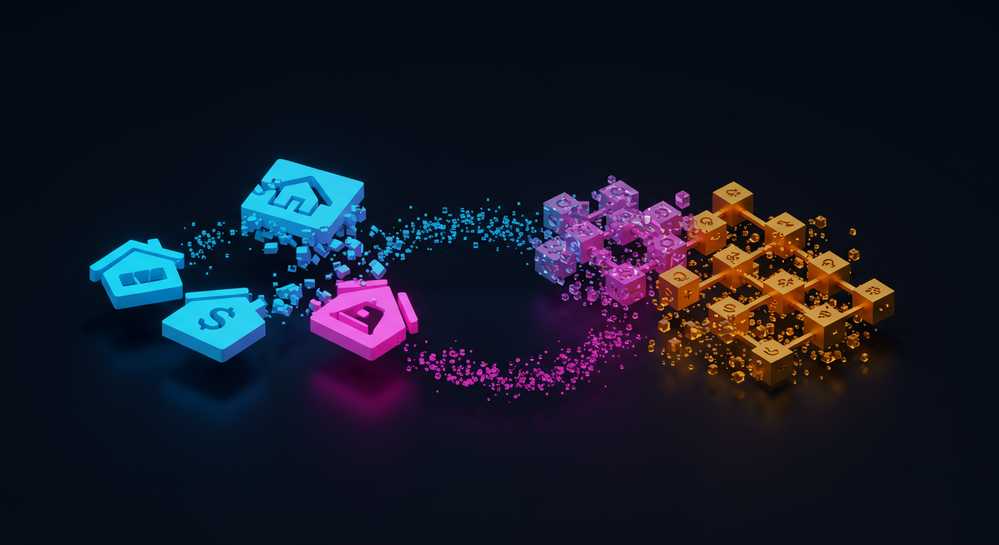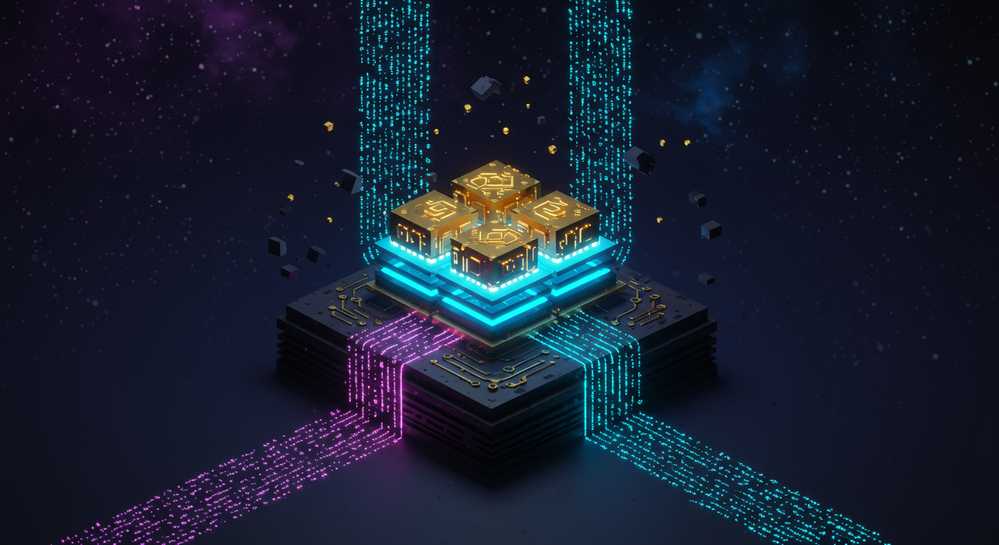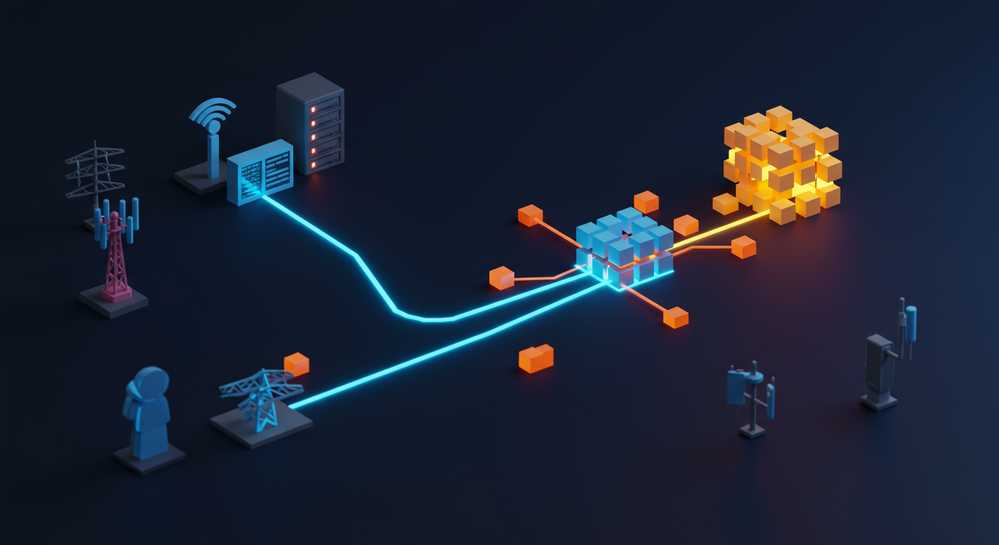The blockchain ecosystem is evolving at a breakneck pace, moving far beyond its origins with Bitcoin. As the technology matures, several transformative blockchain technology trends are emerging, set to redefine industries from finance to artificial intelligence. Understanding these key developments is no longer optional; it is essential for anyone looking to grasp the future of our digital world. This article breaks down the most impactful trends you need to know.
The tokenization of real-world assets (RWA)

One of the most significant blockchain technology trends is the tokenization of Real-World Assets (RWA). This process creates a digital token on a blockchain to represent a physical or traditional financial asset. Instead of trading complex paper shares or deeds, you can trade these digital tokens globally, 24/7. This innovation merges traditional finance with decentralized finance, unlocking enormous value and making illiquid markets accessible to everyone.
Core advantages of tokenizing assets
By representing items like real estate, corporate bonds, or fine art as tokens, we fundamentally change how they are managed and traded. This approach introduces unprecedented efficiency and accessibility. The core benefits are clear and transformative for investors and asset owners alike, paving the way for a more democratized financial system.
- Increased Liquidity: Assets that were once hard to sell, like a portion of a commercial building, can be traded instantly on secondary markets.
- Fractional Ownership: It allows multiple investors to own a small share of a high-value asset, lowering the barrier to entry for many. This concept expands on the model seen with fractionalized digital collectibles.
- Enhanced Transparency: Every transaction and ownership record is stored immutably on the blockchain, which significantly reduces fraud and disputes.
- Greater Efficiency: Smart contracts automate processes like compliance checks or dividend payments, removing intermediaries and lowering operational costs.
Layer-2 scaling and modular blockchains take center stage

For years, blockchain networks have struggled with the scalability trilemma, trying to balance decentralization, security, and speed. As user adoption grows, base-layer blockchains like Ethereum become congested, leading to slow and expensive transactions. This challenge has made Layer-2 (L2) scaling and modular architecture one of the most vital blockchain technology trends. These innovations are designed to make networks faster and more affordable for everyone.
The modular blockchain thesis
Layer-2 protocols operate on top of a main blockchain, handling transactions off-chain before bundling them for final settlement. This approach dramatically increases throughput. Modular design advances this concept by separating a blockchains core functions into specialized layers, a structure that is critical for future growth.
- Execution Layer: This is where transactions are processed and applications run.
- Settlement Layer: It serves to finalize transactions and resolve any disputes, acting as the ultimate source of truth.
- Data Availability Layer: This component ensures that all transaction data is accessible for verification by anyone on the network.
Projects like Celestia are pioneering this model, allowing developers to build highly scalable applications. This trend is moving the industry toward a future of interconnected, specialized chains.
Decentralized physical infrastructure networks (DePIN) emerge

While blockchain has excelled digitally, Decentralized Physical Infrastructure Networks (DePIN) are extending its reach into the physical world. This is one of the most practical blockchain technology trends, using crypto incentives to build real-world infrastructure. The model allows communities to collectively operate services traditionally controlled by large corporations, creating a more resilient and efficient system from the ground up.
Examples of DePIN in action
The core idea is simple: individuals contribute hardware resources like storage or bandwidth to a network. In return, they receive rewards, often in the form of undefined. This creates a powerful flywheel effect, rapidly building infrastructure at a fraction of the cost of centralized models.
- Decentralized Storage: Networks like Filecoin and Arweave let users rent out unused hard drive space. This creates a censorship-resistant alternative to cloud providers like Amazon Web Services.
- Decentralized Wireless: Helium pioneered a model where people set up hotspots to provide wireless coverage for IoT devices, building a global network operated by its users.
- Decentralized Energy: Emerging projects are creating peer-to-peer energy grids. These allow users to trade excess solar power directly with their neighbors.
The convergence of artificial intelligence and blockchain
The synergy between Artificial Intelligence (AI) and blockchain represents a powerful technological frontier. These two fields are converging to solve each other’s limitations and unlock new capabilities. Blockchain provides the trust and verifiable data that AI requires, while AI brings intelligence and automation to decentralized systems. This combination is one of the most transformative blockchain technology trends emerging today, promising to reshape industries from finance to data science.
How AI enhances blockchain
AI algorithms can analyze vast amounts of blockchain data to enhance security and efficiency. They can detect fraudulent activities, identify vulnerabilities in smart contracts, and optimize network performance. In Decentralized Autonomous Organizations (DAOs), AI agents can automate governance proposals, manage treasury funds more effectively, and execute complex strategies based on real-time market data, making decentralized systems smarter and more responsive.
How blockchain empowers AI
Reliable AI models depend on high-quality, tamper-proof data. Blockchain offers an immutable ledger for training data, ensuring its integrity from the source. It also enables decentralized marketplaces for data and AI models, allowing developers to monetize their creations transparently. Furthermore, blockchain facilitates verifiable computation, proving that an AI model executed correctly without revealing sensitive underlying data, a critical feature for privacy.
These developments show that the industry is moving beyond speculation and into real-world utility. From tokenizing physical assets to building decentralized infrastructure and integrating AI, blockchain technology is becoming more scalable, intelligent, and integrated into our daily lives. Staying informed on these trends is key to navigating the future of the digital economy. For automated tools that leverage this cutting-edge technology, explore what Mevx Bot has to offer.
